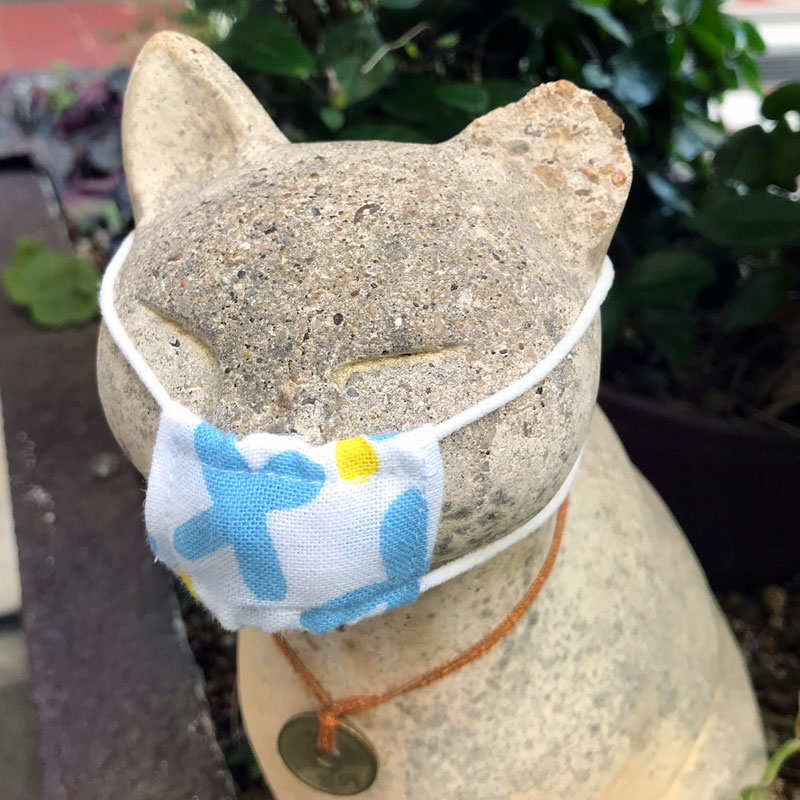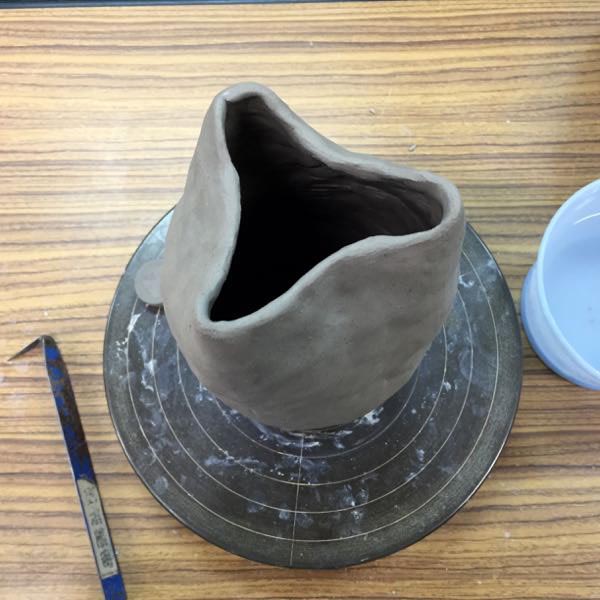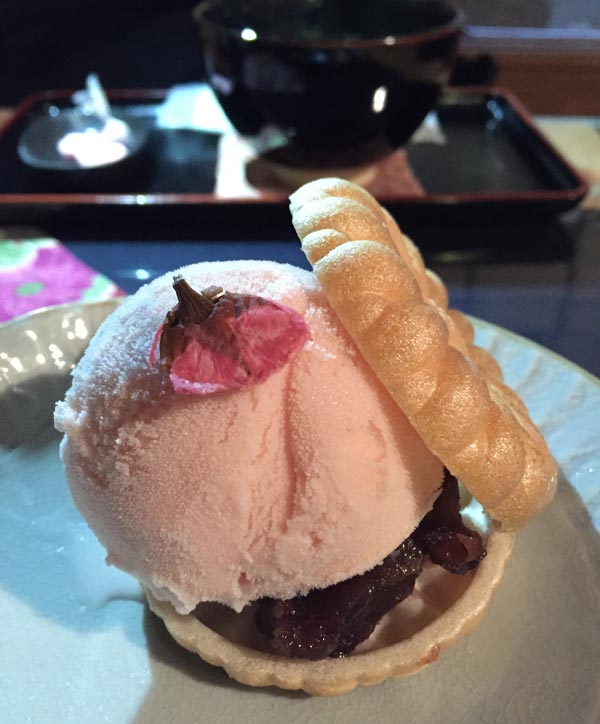
Home › Forums › Food and Drink › Good receipe for Ramen
Tagged: ramen, ramen soup recipe
Hi,
I love japanese food. I’m lucky in that I have been twice to Japan and eaten a lot of dishes I could never find anywhere else. Sadly, I live in Panama and here I cannot have any authentic japanese food beyond a few mainstream dishes. I find that what I crave the most is Ramen. Does anybody have a recipe for a simple, Tanpopo like Ramen? I know Ramen is more of a Tokyo dish but still, help me out please!
Thanks,
Orlando
Wow you are from Panama! OK, there are three types of Ramen, tonkotsu (pig bones), shoyu (soy sauce), and miso.
To make soup, you need chicken bones, too. Which type of ramen you would like to make? Tonkotsu is the most popular in Japan, I think. Can you get pig bones?
Hi Miwa. I can get just about all the necessary ingredients, including dashi and pork bones. Tonkatsu ramen sounds the most delicious, how do you make it?
Thanks
I was translating tonkotsu soup recipe, but it was too too complicated and takes so long time, so I found more realistic soy sauce and chicken base one, from somebody’s blog that has ramen store in Osaka.
http://www.eonet.ne.jp/~taronaniwa/ramen.html
serve 1 (please calculate the amount according to serving people)
1000 cc (1L) water
chicken bones/carcass (1/2 whole bird)
carrot (1/4)
onion (1/4)
dried sardine (niboshi, remove head and gut area) 10g
leek 10 cm
ginger 5 g
garlic 1/2 clove
soy sauce 1 tablespoon
sake one teaspoon
sugar one teaspoon
salt one teaspoon
black pepper 1/4 teaspoon
lard as you like
sesame oil as you like
how to make
1) rinse chicken bones and get rid of yucky blood and guts
2) cut onion and carrot in quarter.
3) break ginger, leek and garlic with side of knife.
4) cook chicken bones with high heat and reduce heat when started boiling.
keep taking aku out. see the following article if you don’t know what aku-tori is:
http://kyotofoodie.com/learning-to-make-dashi-at-honke-owariya/
5) add carrot, onion, leek,ginger and garlic at the heat in that ingredients dance around in the soup, for 1.5 hours and add dried sardine.
6) when soup reduced down to half, turn off heat.(It takes about 2 hours)
7) take bones out and filter the soup and bring back to the same pot.
8 )add soy sauce, sake, sugar, salt, and pepper and lard and sesame oil
You should be able to make a large amount and freeze for future use.
Hi Miwa, thanks for your post and hard work translating. I will try to make ramen with your recipe this week and post pictures online so you can see it.
Regards,
Orlando
Okay, a couple of suggestions beyond what Miwa has posted.
1. If you want perfectly clear, light soup base, you need to cook slowly. Bring the pot to a near-boil, not a full rolling boil, and do so slowly: it should take about 45 minutes to come up to this heat. When it gets there, turn the heat down so low that you have to look closely to see motion below the surface. When you’ve finished cooking for 2 hours or so, strain coarsely (to remove chunks) and then very fine (to remove little bits of coagulated protein). Let cool to room temperature, and then refrigerate. When cold (12 hours or so later), remove any hard fat from the top. Now bring the stock to a rapid boil and reduce it by half. The result will be different, not necessarily superior, but this is something they talk about in passing in Tampopo.
2. I would definitely add pork bones to the stock: straight chicken isn’t going to get the flavor you’re looking for. Tonkotsu ramen is usually all pork, but not always.
3. Aku is coagulated protein, usually referred to in English as “scum.” It is bitter and must be removed. The easy way is to use an extremely fine-meshed flat skimmer.
4. After the first half hour, there will be very little scum rising, and any skimming will be removing fat. If you’re going to do the cool and chill thing, the fat will freeze solid in a refrigerator and can safely be ignored.
5. Another type of ramen stock is “milk stock,” of which there are two kinds that I know of: with and without sweet white miso. To make milk stock, you must use some fairly large pork bones with marrow, regardless of whether you use chicken. Use twice as much water. Skim all the scum as quickly as you can. Add the floating ingredients, and then bring the stock to a rapid boil — yes, a rapid boil. Put a lid on it. Now wait 1 hour, checking occasionally to be sure that the water level hasn’t dropped below that of the ingredients, which is why you use the extra water. The liquid will be quite foggy, and should be reduced to the end-point, i.e. you should have removed about 3/4 of the liquid. Strain coarse, then medium, and only then fine — and you may have some trouble getting it through a fine strainer. If you chill it, it will turn white and nearly solid. This emulsifies the pork marrow fat into the stock so that it will not separate out: very bad for you, but a wonderfully intense flavor.
6. If meat is inexpensive, use meat as well as — or instead of — bones. A bone stock has a less rich flavor. I would suggest this especially with a miso ramen.
7. Be very sure you are using fresh egg noodles: not everything labeled fresh ramen noodles has egg, and without it the whole thing will taste very unlike ramen.
8. I would advise against the procedure in the recipe as far as adding the seasonings. Mix up the soy and whatnot liquids as their own mixture. Put a generous ladleful into a bowl, add just-cooked noodles, ladle on soup, and then garnish with roast pork, half a medium-boiled egg, and lots of thin-sliced negi or scallion. If you mix the seasoning with the broth in advance, I do not think it will freeze especially well, whereas the broth by itself should freeze admirably.
9. Do freeze the broth, but don’t keep it more than 3-4 months in a home freezer: a home freezer isn’t cold enough to prevent bacterial growth longer than that, and since you’re not freezing under a vacuum there will be oxidation as well.
(In case you hadn’t guessed, I’m sort of a soup wonk.)
Oh, one last thing. NEVER NEVER NEVER stir the stock while it is cooking! This will release a great deal more scum, much of which is lightly stuck to the ingredients in the pot. This is why you don’t want a rapid bubbling: the motion in the liquid releases yet more scum.
Thanks Chris for this important information. I have a few questions I hope you can answer:
1. I have a recently made Christmas styled ham. Do you think the bones from that will work? If they do flavor the broth, I realize it would be difrent, but thats what ramen is all about so I don’t mind making some ham ramen my first time.
2. I don’t see dashi being used for ramen, is that correct?
thanks a lot for your help
A ham bone will impart a very distinctive flavor that I have never encountered in ramen. I’d try it with minimal reduction of the stock: a ham-bone stock is intense. But I think it should be good… if not quite like Japanese ramen!
As for dashi, the problem is the fish (katsuo flakes or niboshi or whatever), which makes the stock quite salty. Once there is significant salt in stock, you should not reduce it or you won’t pee for a week, if you know what I mean.
What you can do, however, is make kombu-dashi, but for this you must get kombu rather than using powdered or instant dashi. To make kombu dashi, there’s the easy way and the perfect way.
Easy way: Put a big piece (about 7cm square, give or take) of kombu into about 2L water and leave it overnight. If your kitchen is very hot, put it in the coolest place, but don’t panic — kombu is durable. In the morning, bring the water over medium heat to a bare simmer: bubbles should be just barely forming around the edge. Cool the dashi with the kombu in it.
Hard way: Put a big piece of kombu in the water, and bring it to 140 degrees Fahrenheit (60 degrees C). Hold it at this temperature, as precisely as you can, for an hour. Remove and discard the kombu, then cool the dashi.
If you’re going to make regular stock (chicken, pork, whatever) with this kombu dashi, it must be quite cold before you begin, or you will get cloudy stock. The best way is to cool the dashi at room temperature, uncovered, and when it’s room temperature put it in the fridge, covered or uncovered as you like, until it’s cold. Then use it to make stock. If your kitchen is hot, your first step is to fill two or three 1L strong freezer bags of water and freeze them solid. Drop them into the hot stock and stir until the bags of ice are bags of water. This cools the stock very fast. If you put a pot of hot liquid into a refrigerator, there is a real danger that it will grow bacteria as it cools, and/or pick up unpleasant odors from other things in the refrigerator.
Using kombu dashi will give you a deeper, more complex flavor. Some ramen places do this, but not a whole lot, because (as you see) it’s a pain: you have to make stock twice, in effect.
One trick you might try, though. Soak the kombu overnight. Remove it and reserve. Put in all the chicken and whatnot, and then drop the kombu on top. Bring very slowly to the near-boil, as with regular stock, and when you’ve gotten to a bare simmer remove the kombu with tongs or chopsticks. Because you’re raising the temperature slowly, and have pre-soaked the kombu, you should get 90% of the umami flavor out of the kombu by this means, and you don’t have to disturb the stock much to remove it. (If you don’t remove it, it will get slimy and produce an unpleasant texture in your stock.)
Let us know how it goes, of course. I’m a stock crazy, and always interested in new experiments and attempts. I also like ramen, so inquiring minds want to know!
Hi!
I just finished making the soup for ramen, thanks for all your help! I will let yo know the details and how it turned out. One question though, Should I skim off the fat that appears after the stock cools in the fridge?
YES — skim off that fat. Once the stock is cool, the fat should freeze more or less solid, making it much easier to remove.

Lorem ipsum dolor sit amet, consectetur adipiscing elit. Ut elit tellus, luctus nec ullamcorper mattis, pulvinar dapibus leo.
Lorem ipsum dolor sit amet, consectetur adipiscing elit. Ut elit tellus, luctus nec ullamcorper mattis, pulvinar dapibus leo.





